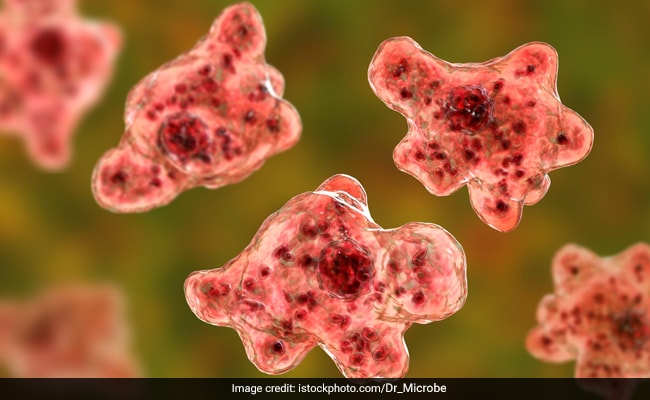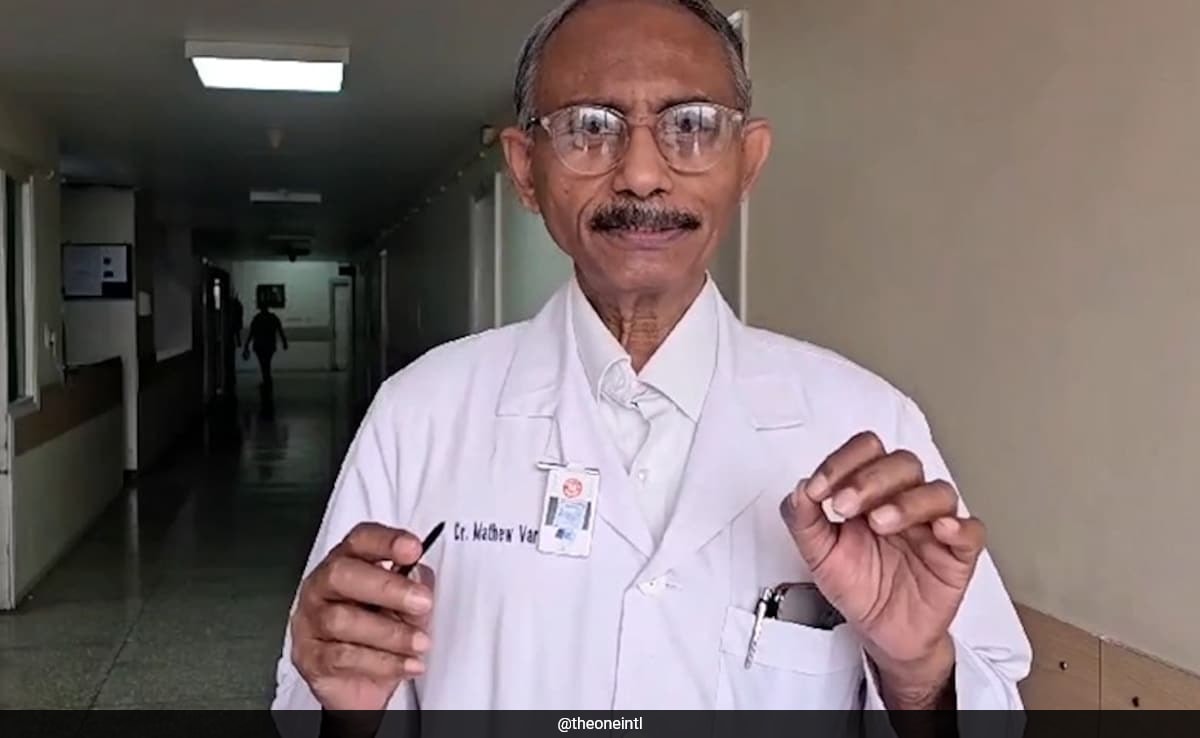
The victim was identified as Aurangzeb. (Representational)
Islamabad:
In a rare occurrence, a 22-year-old man died of primary amoebic meningoencephalitis (PAM) in Pakistan’s Karachi, taking the tally of casualties to three this year, ARY News reported.
PAM is notably a disease of the central nervous system caused by Naegleria fowleri commonly called ‘brain-eating’ amoeba.
The victim was identified as Aurangzeb. He contracted the disease following a picnic with his friends at a farmhouse in Quaidabad on July 7, where the group had also gone for a swim. The next day, Aurangzeb started showing symptoms, which included nausea and fever.
He was admitted to the hospital on July 10, and the virus was confirmed on July 11. A resident of Cattle Colony, Aurangzeb, was under treatment at the Jinnah Postgraduate Medical Centre (JPMC), as per ARY News.
The youth had gone for a picnic with friends at a farmhouse in Quaidabad on July 7, where they swam in the pool. Aurangzeb started showing symptoms on July 8, including fever, headache, and nausea. He was admitted to the hospital on July 10, and the virus was confirmed on July 11.
The 22-year-old Aurangzeb was the third victim of the deadly infection this year in the city, with the other two cases reported in Korangi and Malir earlier, according to ARY News.
The infection has claimed the lives of people across various regions of Pakistan earlier as well. At least 10 people died of Naegleria fowleri last year. The infection is found to be fatal in 98 per cent of the cases.
Naegleria, a free-living amoeba, is frequently found in warm, freshwater (lakes, rivers, and hot springs) and soil.
Only one species, Naegleria fowleri, infects humans.
It infects people when water containing the amoeba enters the body via the nose. This often occurs when people swim, dive, or submerge their heads in fresh water, such as lakes and rivers. The amoeba then travels up the nose and into the brain, where it damages brain tissue and causes PAM, according to ARY News.
After symptoms begin, the disease progresses rapidly and usually causes death within five days. The germ cannot survive in cool, clean and chlorinated water.
The earliest symptoms of PAM often appear approximately five days after infection and may include headache, fever, nausea, or vomiting. Later symptoms may include a stiff neck, confusion, loss of attention to people and surroundings, seizures, hallucinations, and coma.
(Except for the headline, this story has not been edited by NDTV staff and is published from a syndicated feed.)









